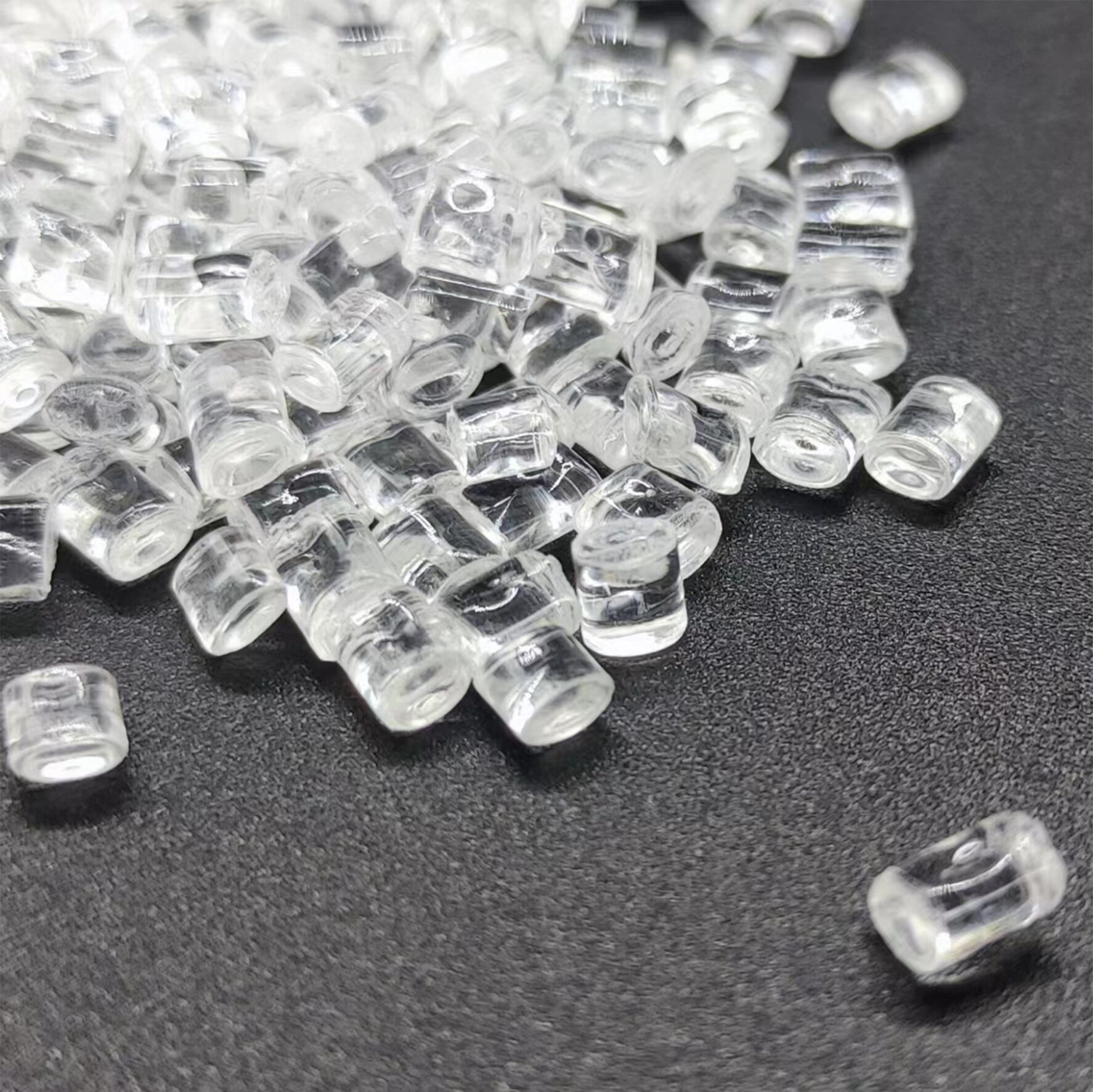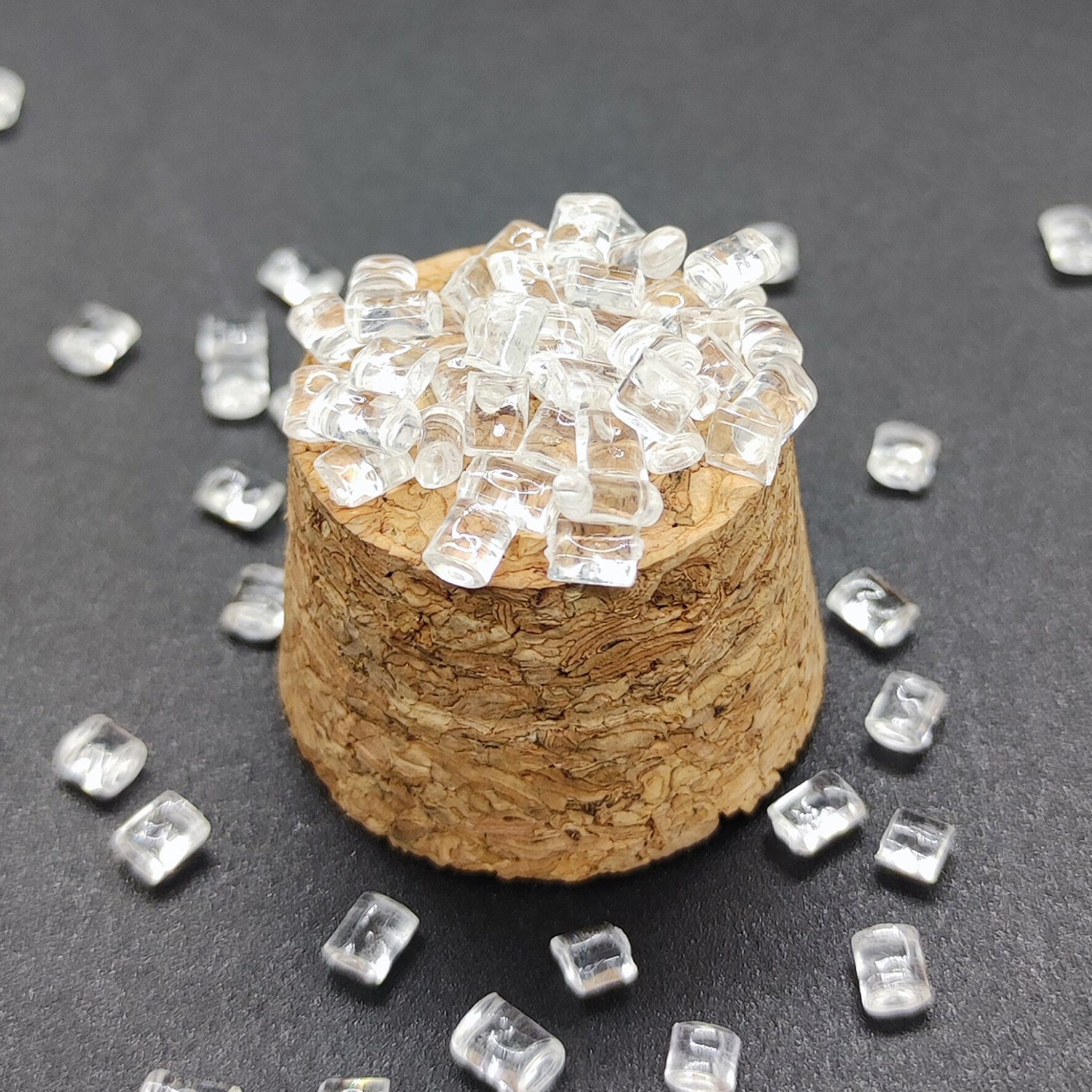Email format error
Email cannot be empty
Email already exists
6-20 characters(letters plus numbers only)
The password is inconsistent
Email format error
Email cannot be empty
Email does not exist
6-20 characters(letters plus numbers only)
The password is inconsistent


12 Raw Material Extrusion Grade: A Simple Guide to Understanding and Choosing the Best Materials
In manufacturing, the quality of raw materials is very important. One common method to shape materials is extrusion. The 12 raw material extrusion grade is important to make sure the products are strong, durable, and consistent. This guide will explain what the material means, why it matters, and how to choose the right materials for your needs.
What is Raw Material Extrusion?
Extrusion is a process where materials are melted, shaped, and pushed through a mold to form long, continuous shapes. The materials can be plastics, metals, or other composites. For this guide, we will focus on the 12 raw material extrusion grade used mainly for plastics and polymers.
Why is the Right Extrusion Grade Important?
The 12 raw material extrusion grade refers to materials made for extrusion. These materials must handle high pressure and temperature while staying strong. Using the right grade ensures the final product is consistent, strong, and free from defects.
If the wrong grade is used, problems can happen. The material may flow poorly, be weak, or fail during use. Choosing the right grade is important to make sure the product is good quality.
What is the 12 Raw Material Extrusion Grade?
It includes materials made for extrusion. These materials are chosen for their strength, temperature resistance, and flexibility. They are used in situations where consistency and durability are important.
Some features of the 12 raw material extrusion grade include:
- Durability: These materials are strong and can handle pressure.
- Heat Resistance: They can stay strong even in high heat.
- Consistency: They are uniform in size and strength.
Benefits of Using 12 Raw Material Extrusion Grade
1. Better Efficiency in Production
Using the right material helps extrusion go smoothly. The materials flow easily, which helps reduce production time. This means less downtime, less energy use, and faster output.
2. Higher Product Quality
With the right material, the final product is stronger and has fewer defects. For example, products made from the right grade will have a smooth surface and even thickness. This is important in industries like automotive and construction, where product quality is very important.
3. Stronger and More Durable Products
The materials in the 12 raw material extrusion grade are made to last. They resist wear and tear, making them good for products that need to last longer and work in tough conditions.
4. Customizable to Specific Needs
Different industries have different needs. Some need materials that resist chemicals, while others need flexibility or UV protection. It has materials for many needs, making it easy for manufacturers to choose what works best.
Types of 12 Raw Material Extrusion Grade
It includes different materials. Each has different features suited to specific uses. Here are some common materials:
1. High-Density Polyethylene (HDPE)
HDPE is strong and resists both physical stress and chemicals. It is used for pipes, containers, and industrial products. HDPE works well when durability and chemical resistance are needed.
2. Polyvinyl Chloride (PVC)
PVC is a flexible and low-cost material used in many products, especially in construction. It can be hard or flexible. PVC is good for pipes, windows, doors, and flooring because it resists moisture and chemicals.
3. Polystyrene (PS)
Polystyrene is cheap and used when transparency is needed. It is found in food containers, trays, and packaging. It is easy to shape, which makes it a common material for many everyday items.
4. Polypropylene (PP)
Polypropylene is good at resisting chemicals and has low friction. It is used in car parts, medical devices, and consumer products. It is strong but light, making it good for products that face wear.
5. Nylon (PA)
Nylon is very strong and resists wear and tear. It is used in parts like gears, bearings, and automotive components. It handles high pressure and heat, making it great for tough products.
How to Choose the Right 12 Raw Material Extrusion Grade?
Choosing the right material is important to make sure your products meet your needs. Here are some tips to help you decide:
1. Understand the End-Use of the Product
Think about how the product will be used. Will it face high heat or chemicals? Will it be under a lot of pressure? Knowing these needs will help you choose the right material.
2. Consider the Mechanical and Thermal Properties
Think about how strong, flexible, and heat-resistant the material needs to be. For example, HDPE and PP are good for high-heat situations.
3. Match the Material to the Extrusion Process
Different materials act differently during extrusion. Some need higher temperatures to melt, while others need more pressure. Make sure the material you pick works well with your machine and process.
4. Balance Cost and Performance
While the materials are good quality, they come at different prices. Make sure you choose a material that fits your budget and your performance needs.
5. Check for Regulatory Requirements
Some industries, like food packaging or medical products, need materials to meet strict rules. Make sure the material you choose has the right certifications and meets safety standards.
Industries That Use 12 Raw Material Extrusion Grade
It is used in many industries. Here are some examples:
1. Automotive Industry
The automotive industry uses extrusion to make parts like seals and structural parts. Materials like HDPE and PP are good for automotive use because they are strong and can handle tough conditions.
2. Construction Industry
In construction, extrusion is used to make pipes, siding, and roofing materials. PVC and HDPE are good for this because they last a long time and resist weather.
3. Packaging Industry
Extrusion is used to make packaging materials like bottles and containers. PS and PP are often chosen because they are easy to process and inexpensive.
4. Medical Industry
The medical industry uses extrusion to make tubing and other medical parts. PVC and nylon are popular because they are safe, strong, and easy to sterilize.
Market Trends in 12 Raw Material Extrusion Grade
1. Growing Demand for Sustainable Materials
People are becoming more focused on the environment, and they want products made with sustainable materials. Many manufacturers now look for eco-friendly materials.
2. Improved Material Formulation
Advancements in material formulation are improving the materials. These new formulations help the materials perform better and meet the needs of more industries.
3. Global Supply Chain Changes
Global supply chains are changing, which affects material costs and availability. It's important to stay updated and work with trusted suppliers to avoid delays.
Common Mistakes to Avoid When Choosing 12 Raw Material Extrusion Grade
1. Ignoring Material Specifications
Always check the specifications of the material to make sure it fits your needs.
2. Choosing the Cheapest Option
Focus on quality, not just price. Choose materials that work well for your product’s performance.
3. Not Matching the Material to the Extrusion Process
Different materials require different extrusion settings. Make sure the material works well with your machine.
4. Not Considering Long-Term Durability
Think about how the product will last. Choose materials that will perform well over time, especially in tough conditions.
How to Evaluate a Supplier for 12 Raw Material Extrusion Grade Materials?
1. Check Their Reputation
A good supplier will have a strong reputation. Look at reviews and ask other businesses about their experience.
2. Ensure They Offer Consistent Quality
Make sure the supplier’s products meet the same high standards every time. Ask about their quality control process.
3. Assess Their Technical Expertise
A good supplier will know a lot about extrusion and the right materials. They can help you choose the best material for your product.
4. Evaluate Their Delivery Capabilities
Make sure the supplier can deliver on time. Ask about lead times and how they handle urgent orders.
5. Ask About Sustainability Practices
If you care about sustainability, choose a supplier who offers eco-friendly materials or production methods.

Buying 12 Raw Material Extrusion Grade: Tips for Smart Purchasing
1. Get Multiple Quotes
Ask several suppliers for quotes. This helps you compare prices and get the best deal.
2. Request Samples
Before buying in bulk, ask for samples to test the material in your production process.
3. Consider Bulk Orders for Discounts
If you need a lot of material, ask for bulk pricing. Many suppliers offer discounts for large orders.
4. Plan for Future Needs
Think about future production needs. Building a strong relationship with a supplier can help as your business grows.
5. Be Aware of Hidden Costs
Look for hidden costs like shipping or handling fees. These can affect your total cost.

